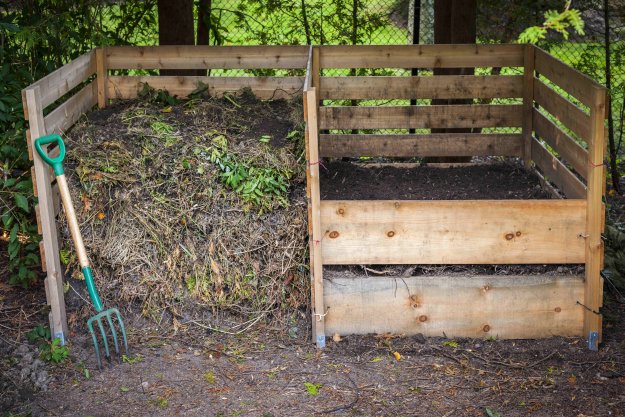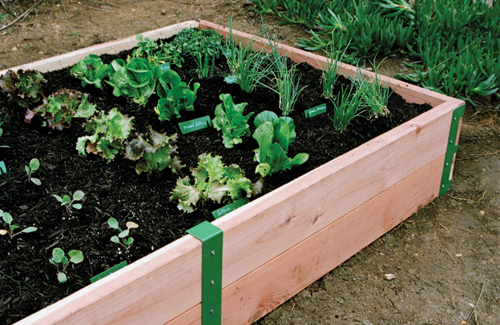Enhance Your Outdoor Location With Creative Gardening Styles and Layouts
By discovering different designs, such as the enchanting informality of cottage yards or the minimalism of modern aesthetics, one can considerably boost the atmosphere of their surroundings. In addition, incorporating vertical horticulture techniques and lasting methods not just boosts visual allure but additionally promotes ecological consciousness.

Cottage Yard Charm
Cottage yards, frequently defined by their lavish, casual layouts, welcome an unified blend of herbs, blossoms, and veggies, creating a dynamic tapestry of color and fragrance. This traditional gardening design days back to the late 19th century, stemming in England, and is treasured for its charming, romantic allure.
Crucial element of cottage gardens include using seasonal plants, climbing up creeping plants, and self-seeding annuals, which contribute to an ever-evolving landscape. Planting in thick clusters urges a naturalistic look, permitting a diverse mix of structures and shades. Popular blossoms such as foxgloves, hollyhocks, and delphiniums intermingle with great smelling natural herbs like lavender and rosemary, improving sensory experiences while advertising biodiversity.
Including rustic attributes, such as weathered trellises, wood fencings, or rock paths, additionally boosts the aesthetic of a cottage yard. This style not only focuses on beauty but also embraces sustainability, as numerous plants are chosen for their capability to draw in pollinators and provide food. Ultimately, the cottage yard appeal depends on its relaxed, welcoming environment, urging a deep link with nature while using a picturesque hideaway for relaxation and pleasure.
Modern Landscape Appearances
While the appeal of cottage gardens evokes a sense of nostalgia and whimsy, contemporary landscape aesthetic appeals embrace an even more minimal and streamlined method. This contemporary style highlights simpleness, functionality, and an assimilation with the surrounding environment. Tidy lines, geometric forms, and a minimal color combination characterize modern landscaping, permitting nature's appeal to take center phase without unnecessary disturbances.
Materials play a crucial function in attaining this aesthetic. Concrete, metal, and all-natural stone are frequently used to produce hardscapes that enhance the landscape rather than overwhelm it. Furthermore, the mindful selection of plants is fundamental; decorative lawns and indigenous species are commonly preferred for their low upkeep and ability to thrive in regional conditions.
Water functions, such as smooth fish ponds or showing swimming pools, are likewise important to modern styles, supplying tranquility and a centerpiece. Lasting practices, including xeriscaping and making use of absorptive products, improve the environmental duty of contemporary landscaping. Inevitably, modern-day landscape aesthetics offer a possibility to develop peaceful outdoor areas that show contemporary worths while fostering a deeper connection to nature.
Upright Horticulture Developments
Upright gardening technologies have changed the means we approach horticulture in limited rooms, allowing the cultivation of plants in urban settings where ground room is scarce. These ingenious strategies and frameworks permit gardeners to take full advantage of vertical surface areas, transforming walls, fencings, and even verandas right into rich green spaces.
One famous advancement is making use of modular systems, which are composed of interlacing panels that can be conveniently mounted and reorganized - Homestead Gardening. These panels frequently come equipped with integrated watering systems, making check it out sure that plants receive appropriate dampness while lessening water waste. Additionally, upright yards can include a variety of plants, from flowering types to edible natural herbs, promoting biodiversity and improving aesthetics
One more notable development is the combination of smart technology, such as sensing units that keep track of dirt moisture and nutrient degrees. This modern technology permits for exact treatment tailored to the needs of individual plants, guaranteeing ideal growth and health. Additionally, vertical planters and lightweight materials made from recycled products contribute to sustainability while reducing the physical problem of traditional horticulture.
Sustainable Horticulture Practices
Sustainable gardening methods have become a vital strategy for garden enthusiasts seeking to reduce their environmental influence while enhancing the health of their ecological communities. These practices focus on the careful monitoring of all-natural resources, promoting biodiversity, and fostering a resistant landscape.
One trick aspect of sustainable horticulture is soil health and wellness. Utilizing organic compost, mulching, and plant rotation enriches the soil, promoting helpful microorganisms and reducing the requirement for chemical plant foods. In addition, native plants are encouraged, as they need much less water and are extra immune to neighborhood insects, therefore reducing reliance on pesticides.

Additionally, lasting horticulture urges using recycled materials for yard frameworks and pathways, minimizing waste and ecological impact. By taking on these methods, gardeners can produce a growing exterior space that balances with nature, making sure both personal pleasure and eco-friendly duty.
Themed Yard Inspirations
Creating a themed garden can transform a common outdoor area into an exciting refuge that shows individual design and passions. Themed yards use a special opportunity to express creativity while improving the aesthetic charm of one's landscape. Popular themes consist of Japanese Zen yards, get more which emphasize serenity via very carefully set up rocks, water attributes, and minimalist plantings.
An additional motivating style is the home garden, characterized by an informal layout loaded with an abundance of fragrant herbs and vibrant flowers. This style advertises biodiversity and draws in pollinators, making it both ecologically valuable and lovely.
For those with a fondness for adventure, a tropical garden can evoke a vacation feel, including bold foliage, dynamic flowers, and maybe also a small water attribute to simulate a resort atmosphere.
Additionally, a themed garden can draw motivation from literary works or history, such as a Shakespearean garden that incorporates plants pointed out in the Poet's works.
Picking a style not just gives instructions in plant choice and layout but additionally creates a cohesive environment that invites exploration and enjoyment, making exterior spaces genuinely one-of-a-kind.
Verdict

Including rustic attributes, such as weather-beaten trellises, wooden fences, or rock paths, further enhances the visual of a cottage yard. In addition, vertical gardens can incorporate a variety of plants, from flowering varieties to edible herbs, promoting biodiversity and improving visual appeals.
Creating a themed yard can change a normal outdoor room into a captivating refuge that reflects individual style and passions. Themed yards provide an unique opportunity to reveal creativity while improving the aesthetic charm of one's landscape. The charm of cottage yards, the sleekness of modern landscapes, cutting-edge vertical gardening methods, sustainable practices, and themed yards each contribute unique aspects that cultivate both charm and capability.